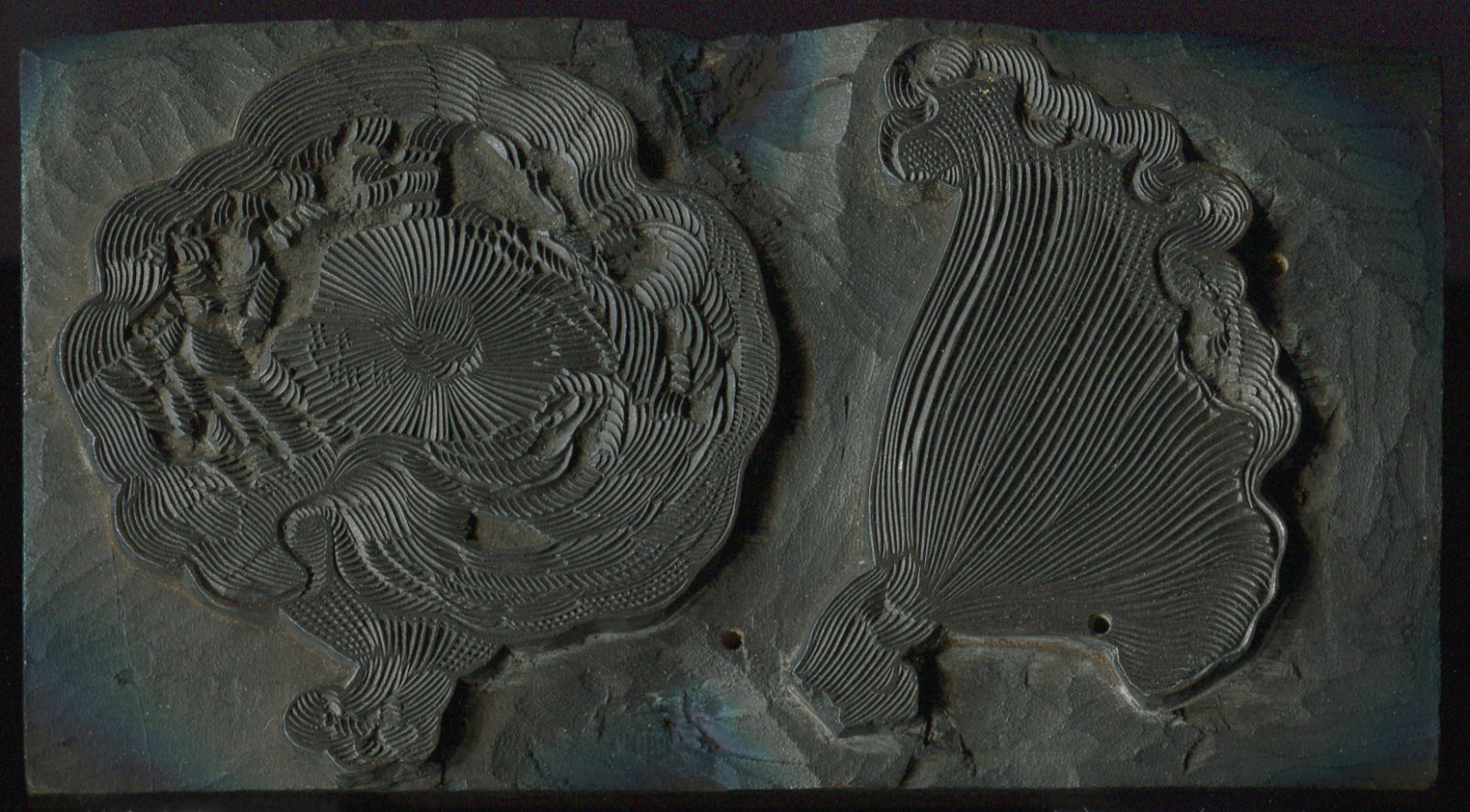Events
TECHNICAL ART HISTORY COLLOQUIUM: ‘Image-Making & the History of the Book’ – 20 september 2018, Amsterdam
 The Technical Art History Colloquium is organised by Sven Dupré (Utrecht University and University of Amsterdam, PI ERC ARTECHNE), Arjan de Koomen (University of Amsterdam, Coordinator MA Technical Art History), Abbie Vandivere (University of Amsterdam, Coordinator MA Technical Art History & Paintings Conservator, Mauritshuis, The Hague), Erma Hermens (University of Amsterdam and Rijksmuseum) and Ann-Sophie Lehmann (University of Groningen). Monthly meetings take place on Thursdays. This edition of the Technical Art History Colloquium will be organised in Amsterdam by Sven Dupré and focuses on image-making and the history of the book.
The Technical Art History Colloquium is organised by Sven Dupré (Utrecht University and University of Amsterdam, PI ERC ARTECHNE), Arjan de Koomen (University of Amsterdam, Coordinator MA Technical Art History), Abbie Vandivere (University of Amsterdam, Coordinator MA Technical Art History & Paintings Conservator, Mauritshuis, The Hague), Erma Hermens (University of Amsterdam and Rijksmuseum) and Ann-Sophie Lehmann (University of Groningen). Monthly meetings take place on Thursdays. This edition of the Technical Art History Colloquium will be organised in Amsterdam by Sven Dupré and focuses on image-making and the history of the book.
Download the invitation in PDF here
The Illustrated Book in Lyon, 1480-1600
Dr. Barbara Tramelli, Researcher CNRS – Centre national de la recherche scientifique, Lyon
The printing industry in Lyon during the Renaissance is characterized by the importance given to illustrations. The number of books printed in the sixteenth century is around 25000, of which at least 2000 are illustrated. Printers of the city published the first illustrated book in France, namely the Mirouer de la redemption de l’umain lignage (1478), which was translated into French by the monk Julien Macho. The early printers who worked in the city, such as Barthélemy Buyer, Mathieu Husz and Jean Syber used German woodblocks at first, but they soon started to commission new illustrations for different types of books (among which books of emblems, bibles, herbalia, descriptions of exotic countries, anatomical illustrations, astronomical schemata, and so forth). Funded by the Equipex Biblissima (CNRS) and in cooperation with the Bibliothèque Municipale de Lyon, the Warburg Institute and the Bodleian Libraries, the project ‘Le Livre Illustré à Lyon 1480-1600’ aims at identifying and gathering the illustrated editions printed in the city during the sixteenth century, collecting the corpus of images and indexing them iconographically. In between history of books and art history, this project opens up a wide range of research questions: which types of books were first illustrated, and how? Which iconographic subjects became popular during the century? How did printers and artists exchange printing material, and how did their printing techniques change and improve during the early modern period?
The Enablers of the Printed Plants: The Making of Botanical Woodblocks for the Early Modern Plantin Press
Jessie Wei-Hsuan Chen, PhD candidate , Department of History and Art History, Utrecht University
In 1568 in Antwerp, 108 woodblocks with images of ornamental and fragrant flowers were used, for the first time, by the Plantin Press to print the illustrations in Rembert Dodoens’ small herbal Florum, et coronariarum odoratarumque nonnullarum herbarum historia. These woodblocks—along with another close to 4.000 blocks carrying images of plants that were made for the works of Renaissance botanists Dodoens, Carolus Clusius, and Matthias Lobelius—would adorn some of the most celebrated early modern herbals over the sixteenth and seventeenth centuries. These historical objects, now preserved at the Museum Plantin-Moretus in Antwerp, offer a different perspective on the development of early modern botany via the process of image making. Shifting the focus from the printed images to the tools that enabled the printing and dissemination of woodcuts, this presentation addresses the encountered challenges and needed skills of the image makers in the production of the 108 woodblocks. It will discuss how the practical issues in the image making process affected the visualization of plant knowledge in the early modern botanical treatises.
The Technical Art History Colloquia are a cooperation of the ARTECHNE Project (Utrecht University and University of Amsterdam), the Netherlands Institute for Conservation, Art and Science (NICAS), the University of Amsterdam and the Mauritshuis. The ARTECHNE project has received funding from the European Research Council (ERC) under the European Union’s Horizon 2020 research and innovation programme (grant agreement No 648718).


